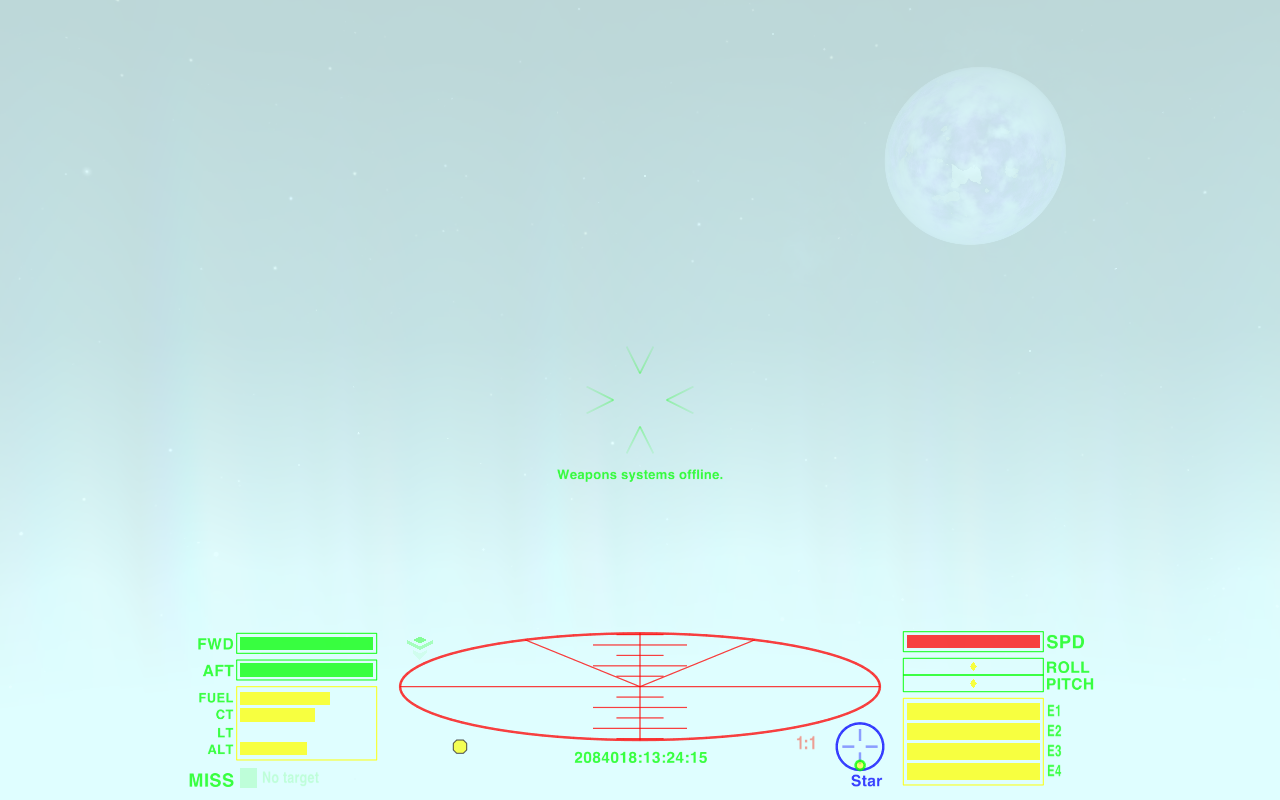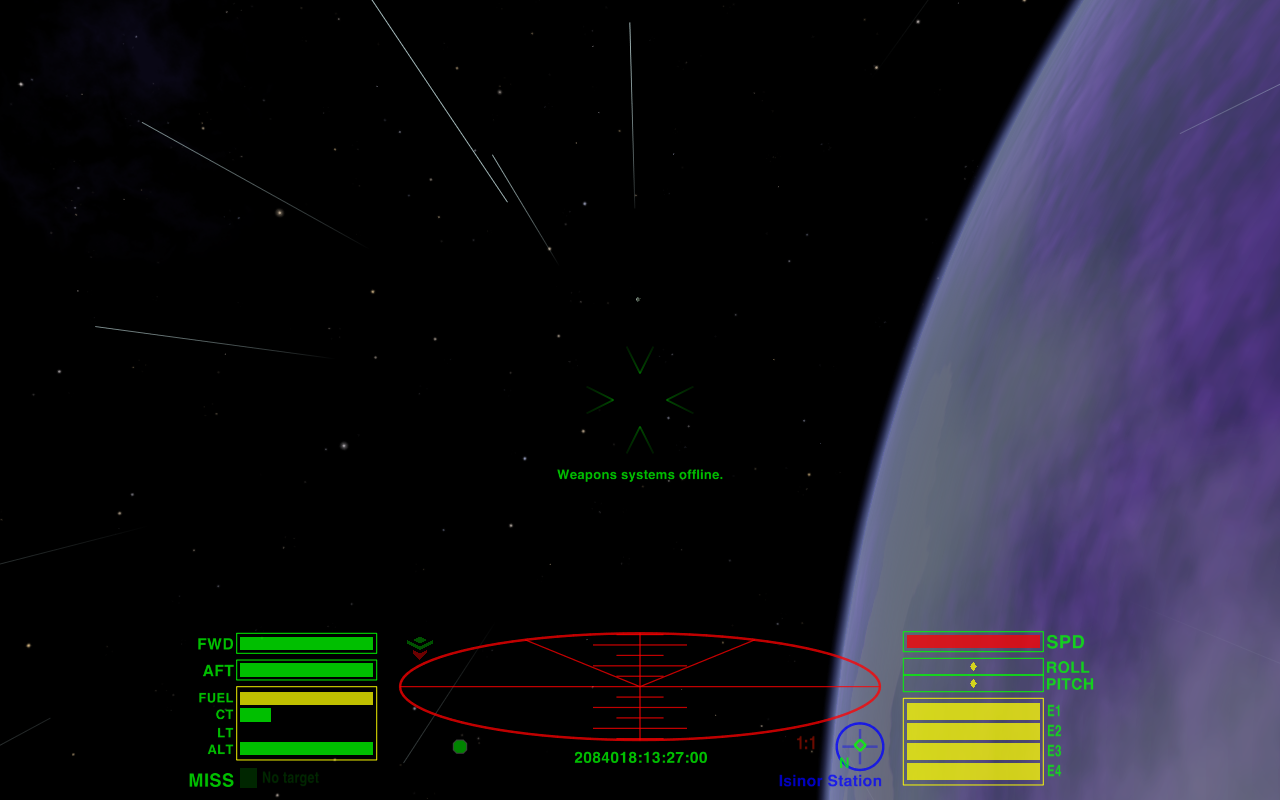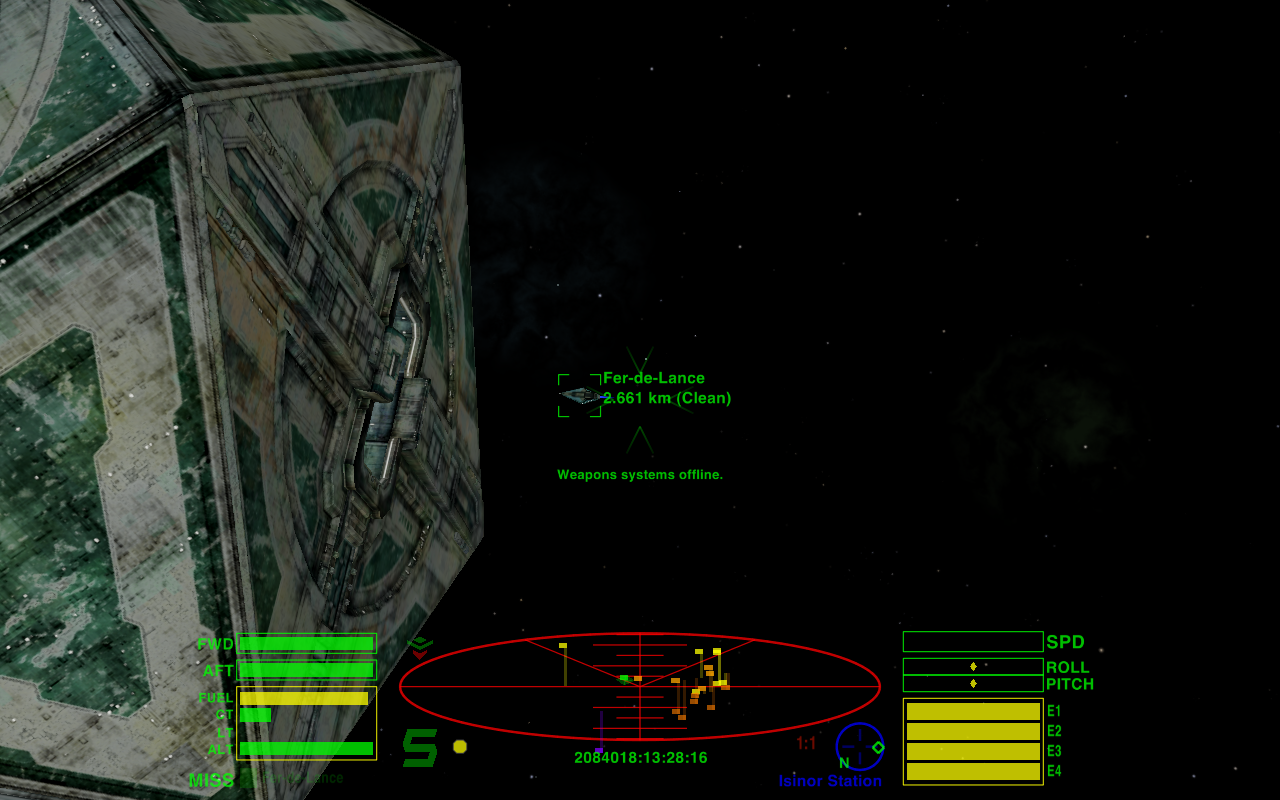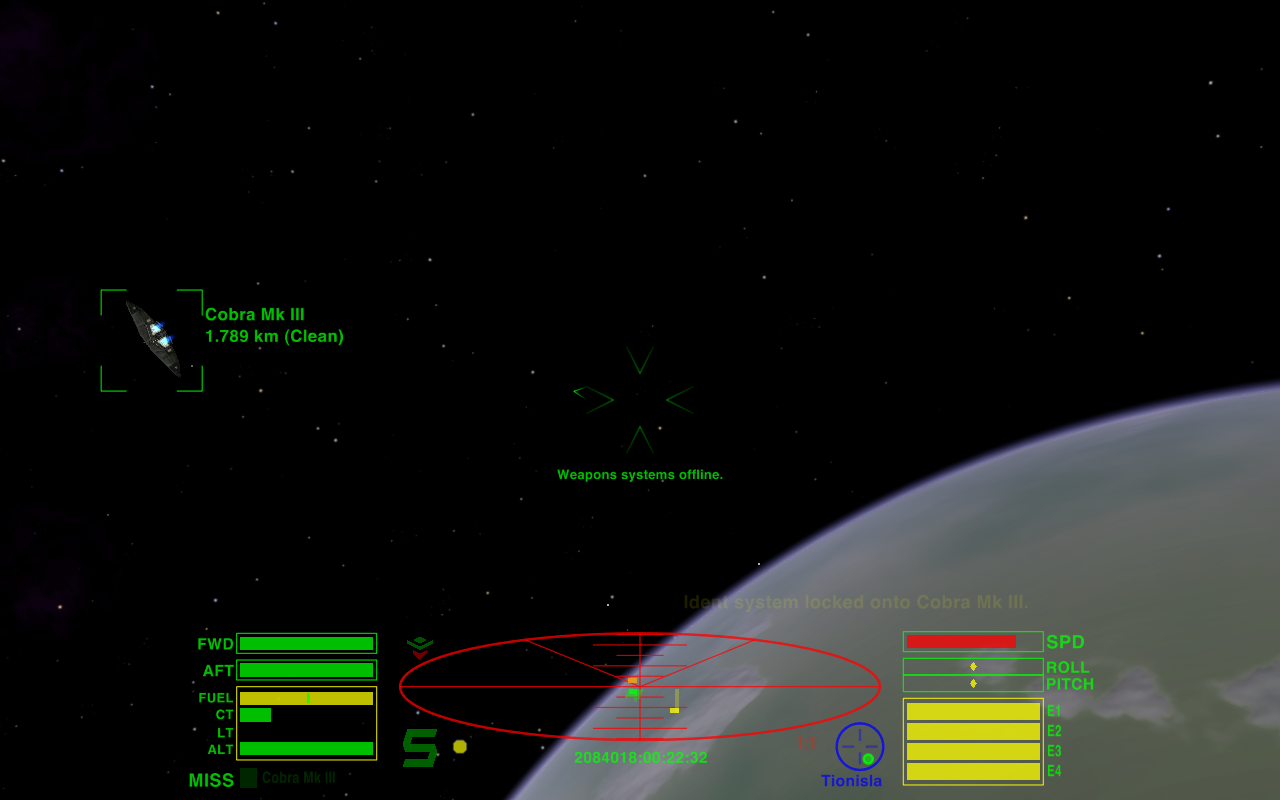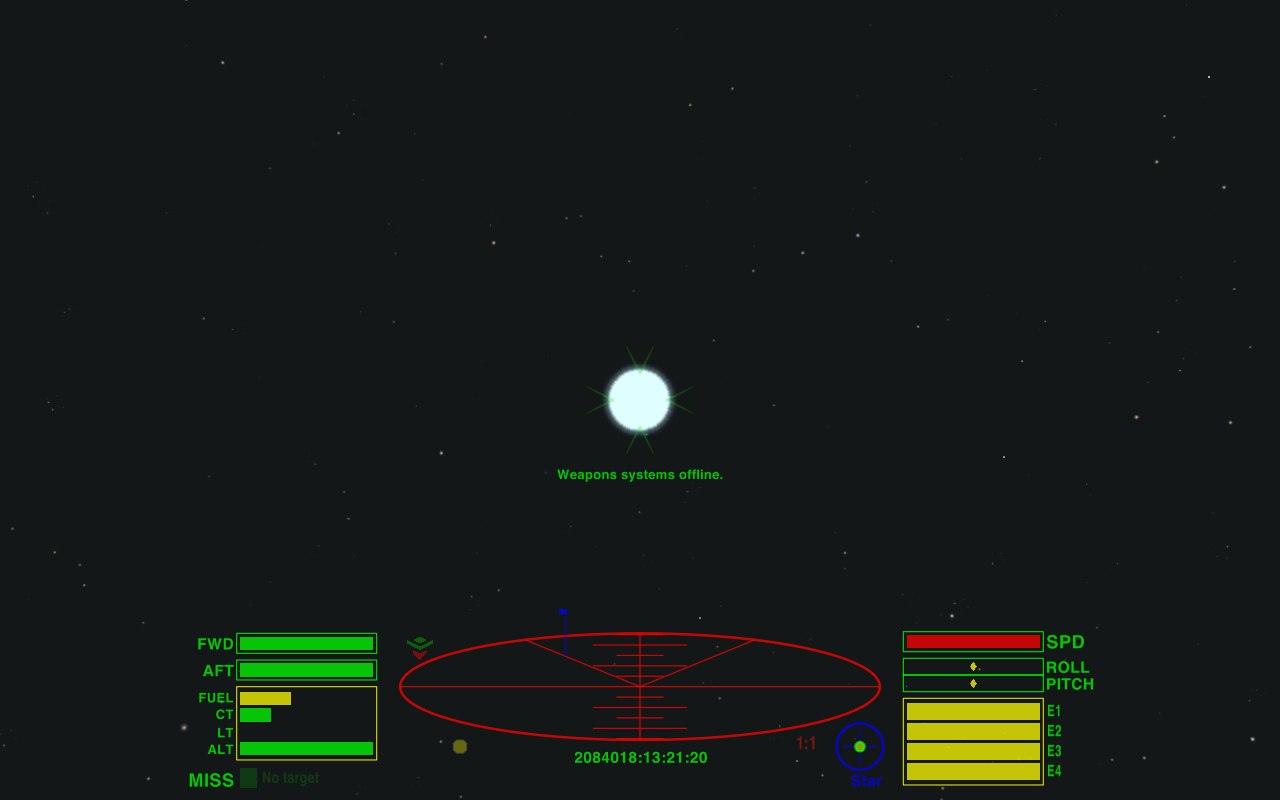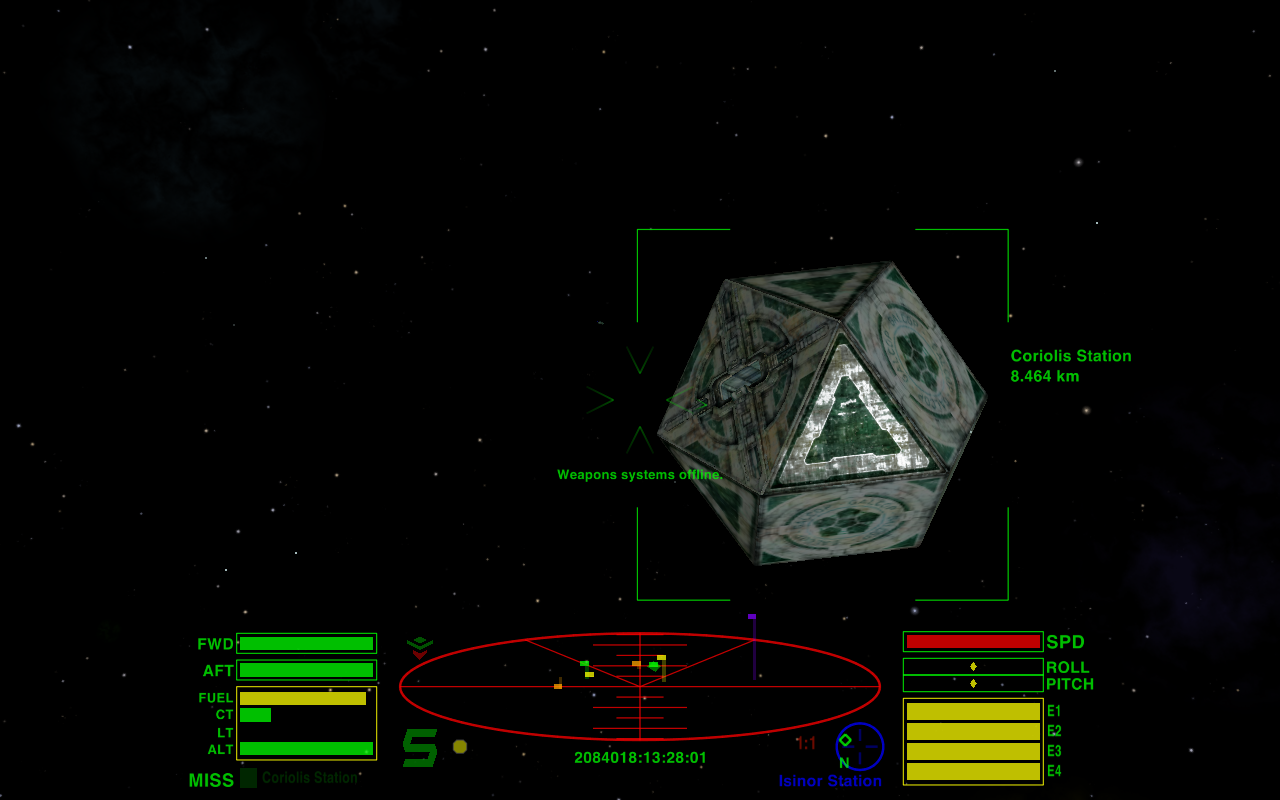zevans wrote: ↑Mon Apr 06, 2020 11:49 am
So I am volunteering my services to this thread...
Hi zevans and thanks!

I've used github before but only briefly, so it's stil like a foreign language to me, so you could certainly help with that.
However clunky it might appear, I'm happier tinkering on my on pc at the moment. I find it easy to track changes and adjust quickly.
I should post my code changes here soon but still a little tweakery to do first. I should also post pics but not right now...
Remaining known issues:
- Masslock for planets and stars
- Station traffic
- Ambient light and sun distance settings
Masslock:
I currently have it so that sunskimming at Isinor with a mk 3 (no heat shielding, not using injectors) is just about possible. Need to compare with the default game to see if that is about right. Zevans (or anyone else for that matter) please feel free to try it out for yourself!

Planetary masslock is the easier of the two (and so I've been neglecting it). Might want it fairly low to make station approach easier but not so low as to be burn up whilst torus-driving into the atmosphere...
Station traffic:
Long queues seem to be a result of the longer space lane (more testing required to confirm) and cause problems only when players don't travel WP to planet. I can halve the lane length without it being a big problem (cosmetic feature) and so if it scales well then i might not even need to reduce by that much. Again, need to test further. And to think that the problem used to be no traffic
 Ambient light:
Ambient light:
This is just trial and error. Before I had shaders, I tried Griff's ships only to reject them (sorry Griff!

), as without shaders, they were so dark. Even with shaders they are hardly technicolour (a few exceptions..) Anywho, the default ones are brighter than the oxp versions (sans shaders) but things can get very dark in certain situations and having a small, dark blob fire at you on a dark background is both harder to target and less visually appealing (as the small, dark blob becomes a medium dark, shape). Ambient light can only do so much but it helps, in at least some situations.
Good news is only one of these three is one that I'm unsure how to go about fixing, rather than just which values I should use.
Anyway, my last docking queue position after code tweaks was 9, a lot better the previous 22!






